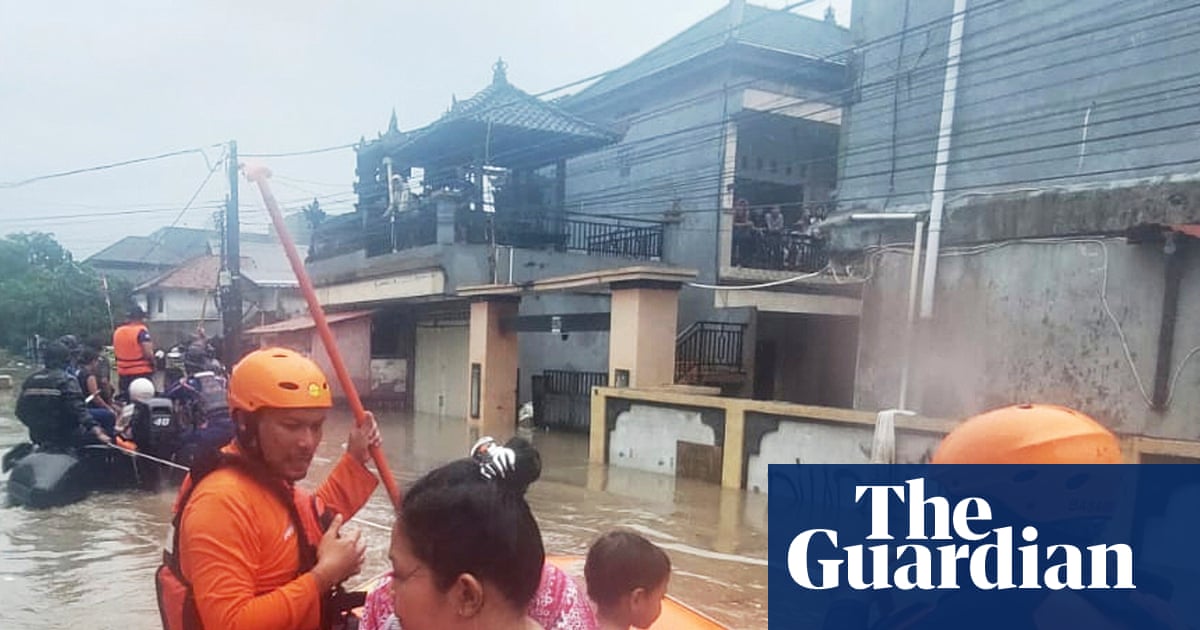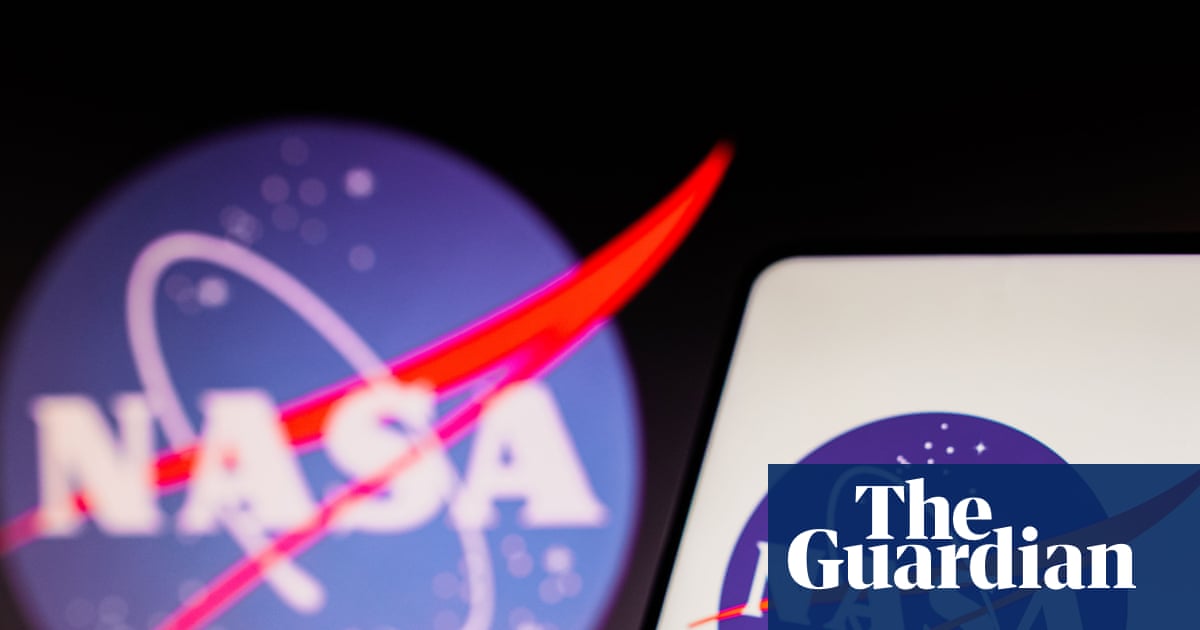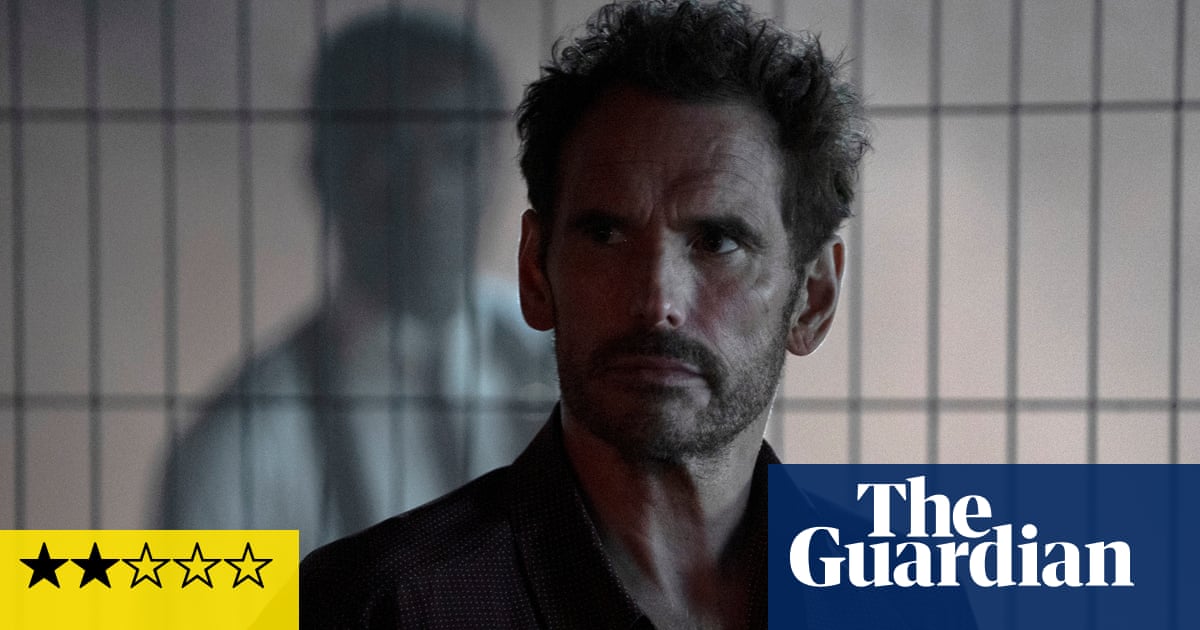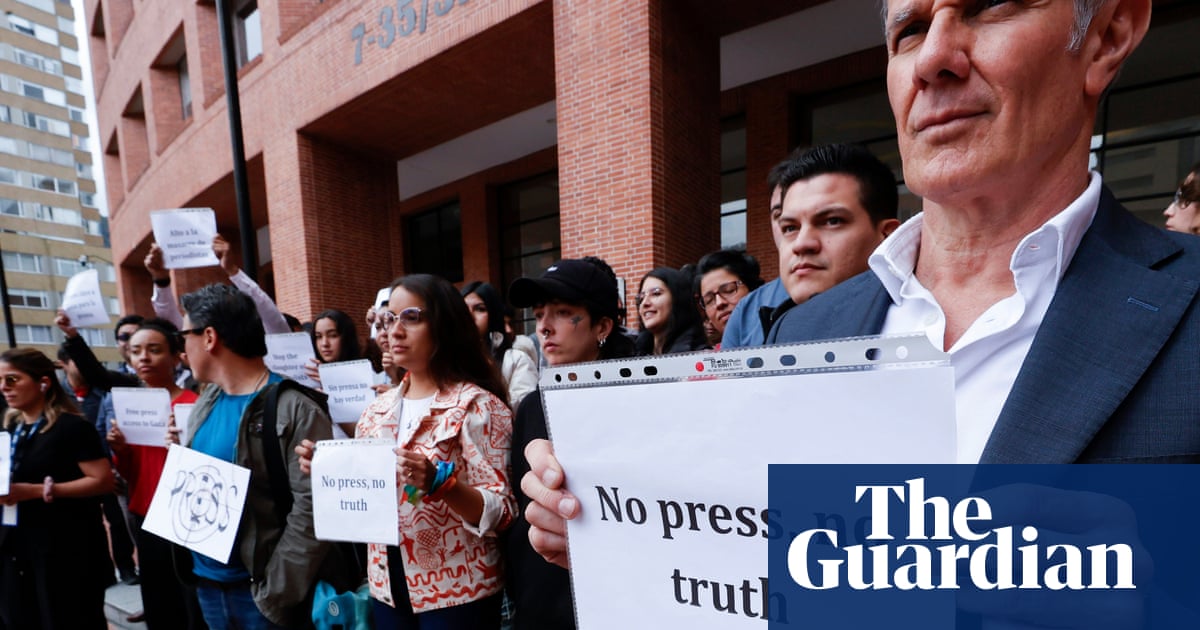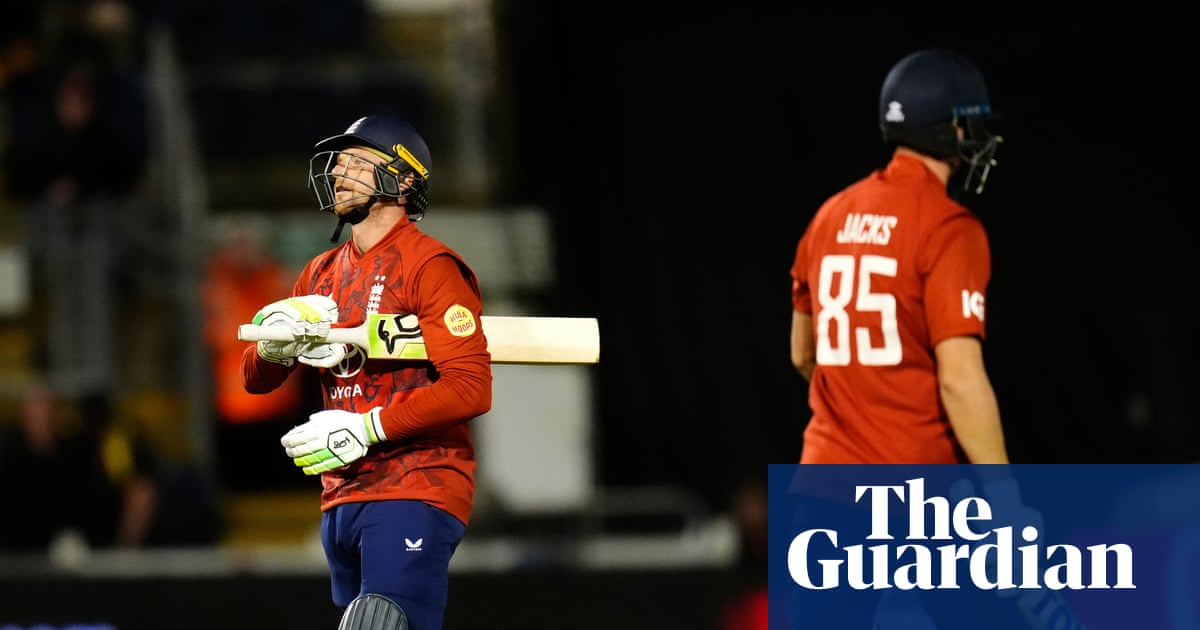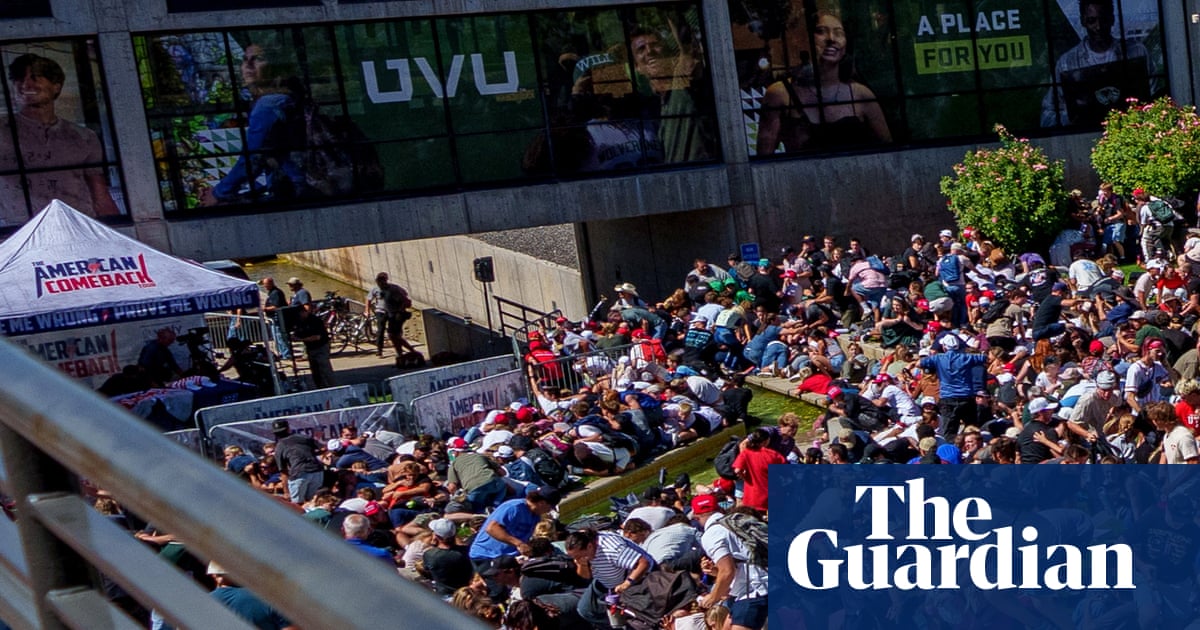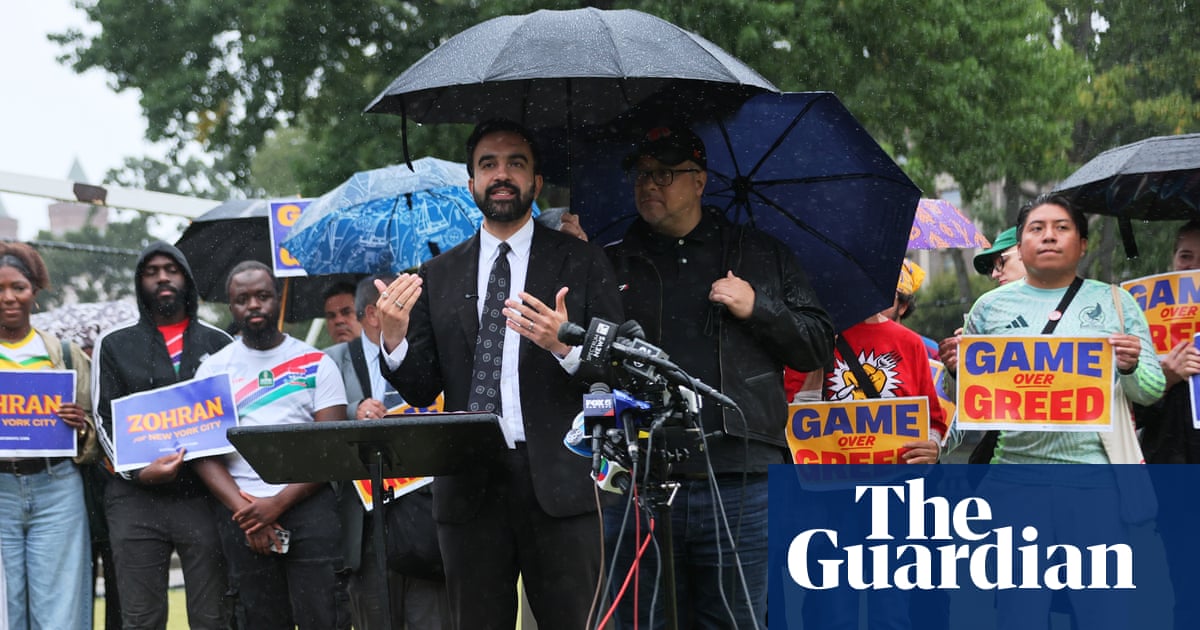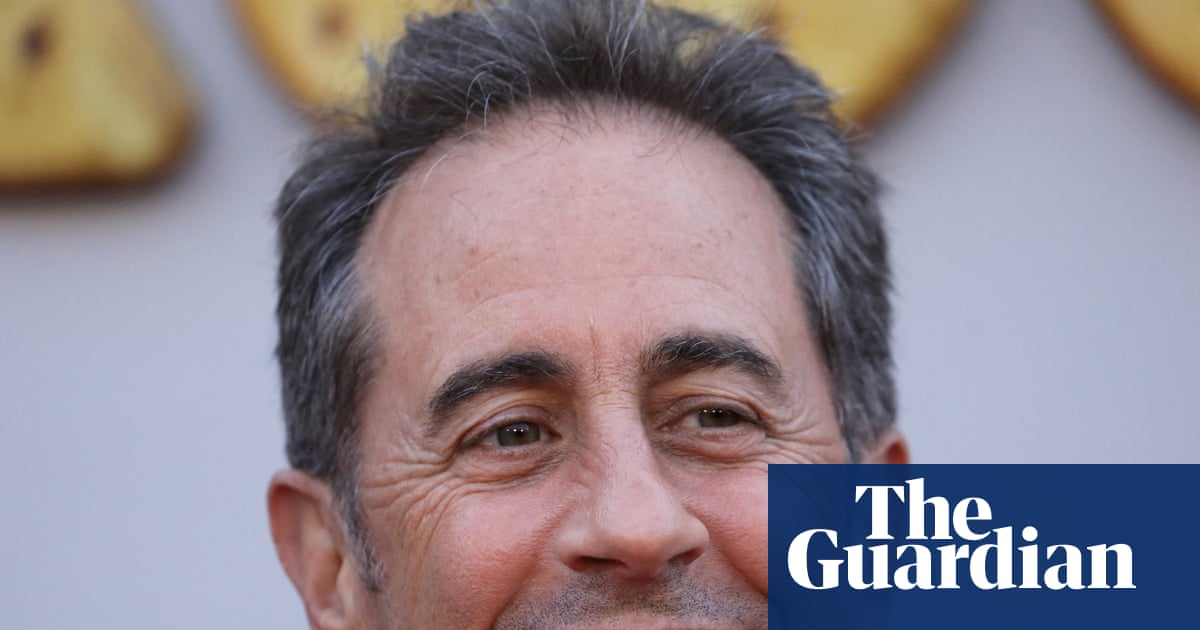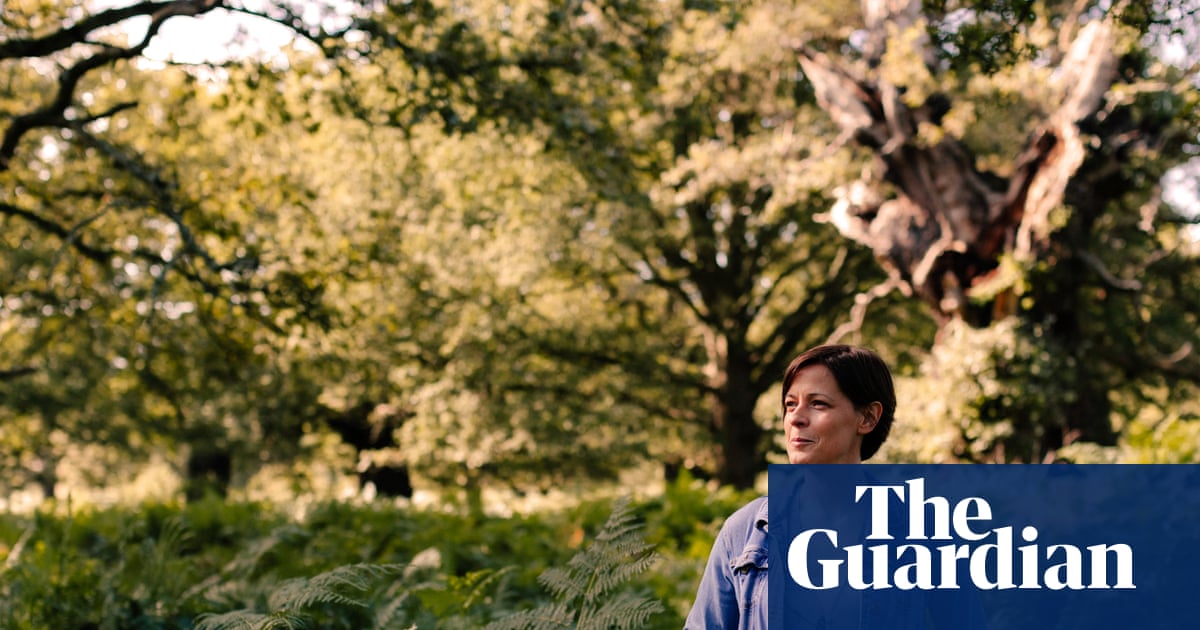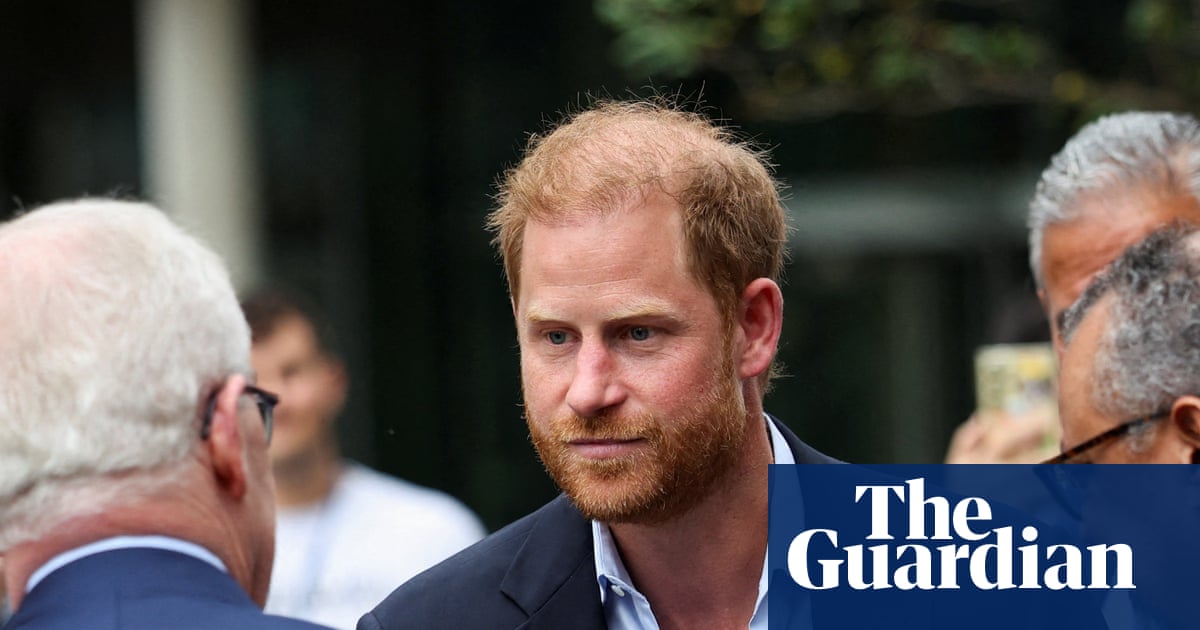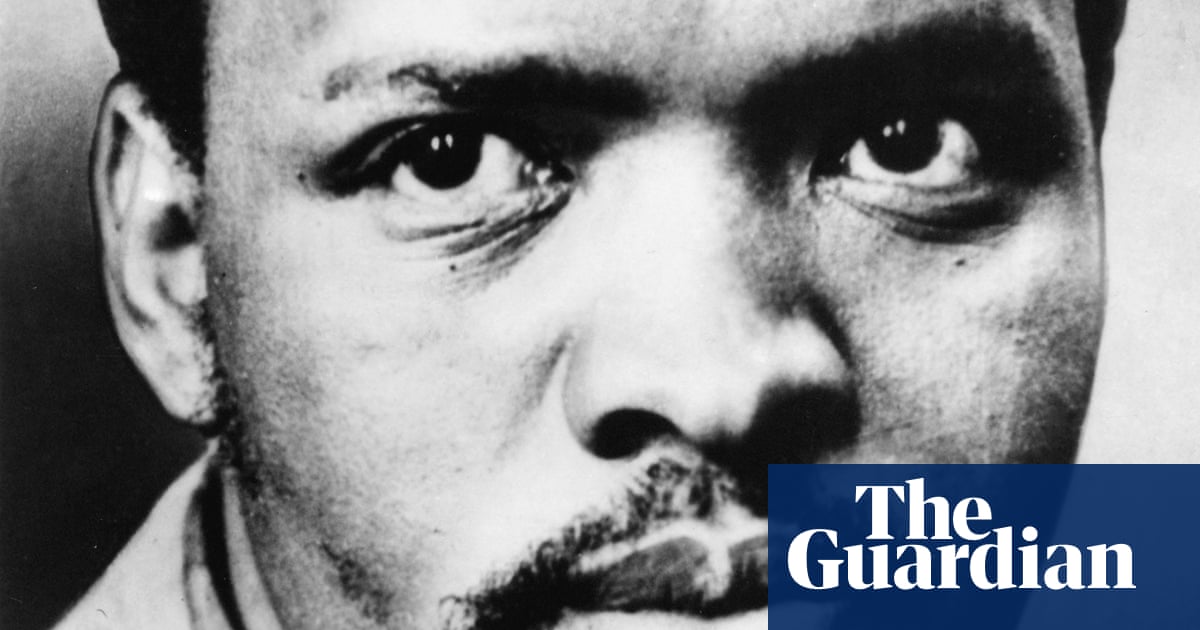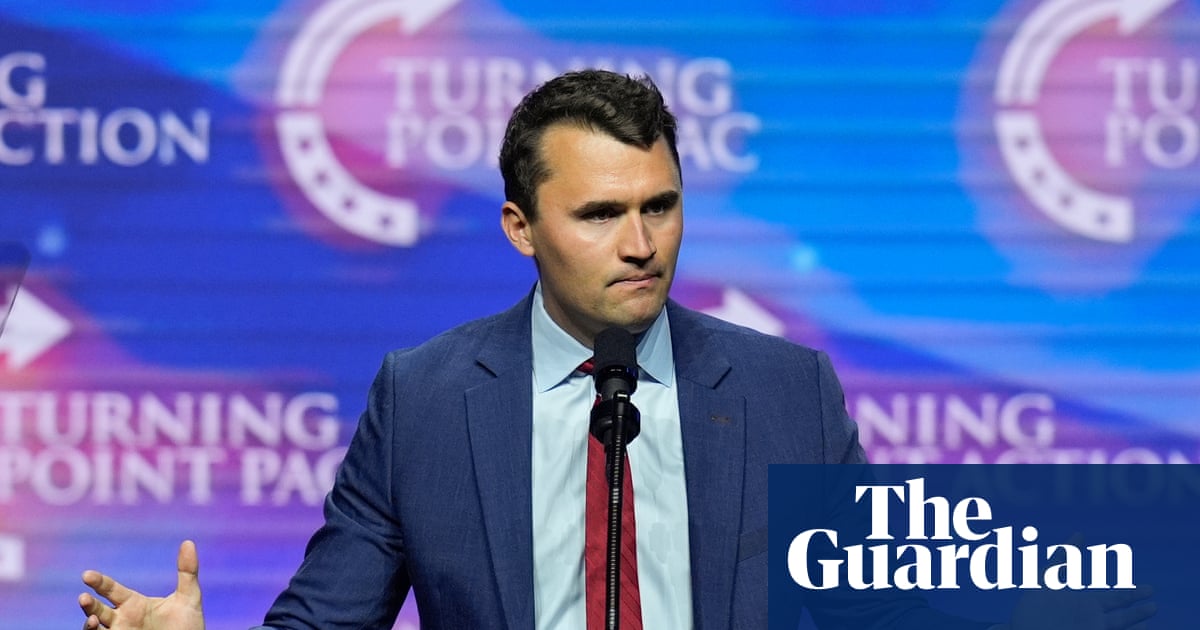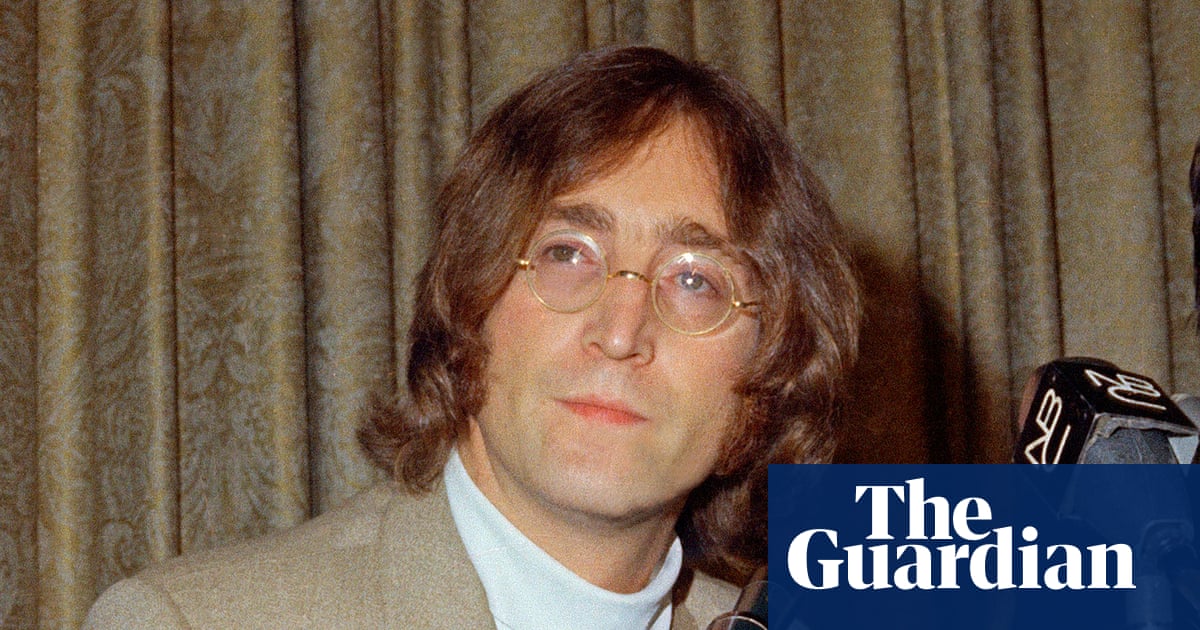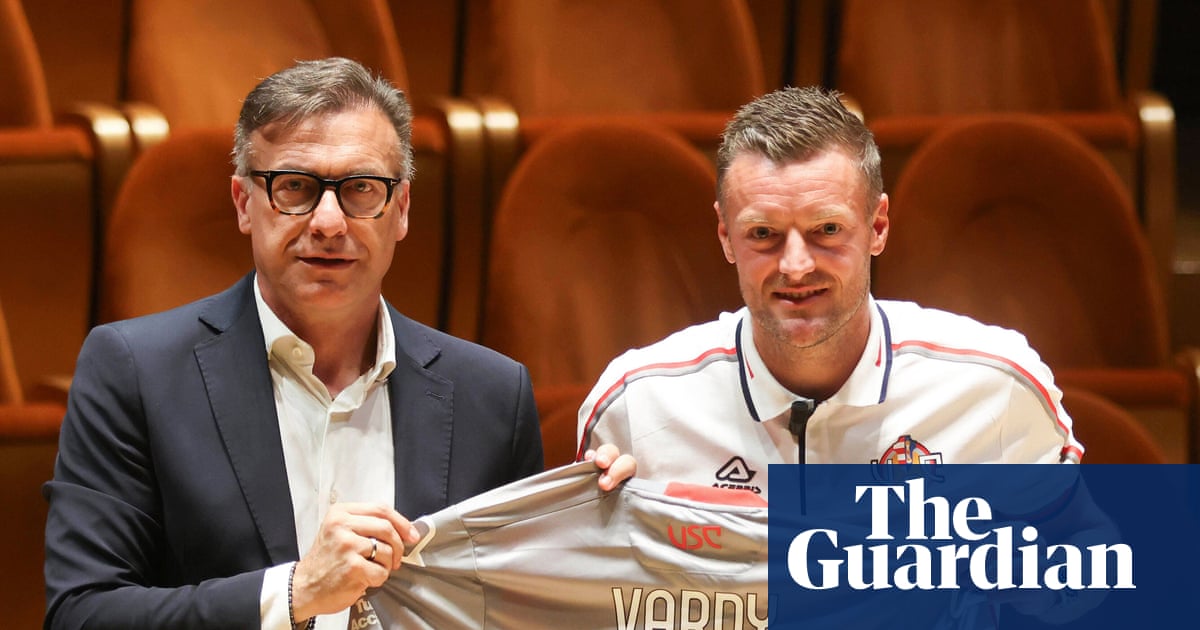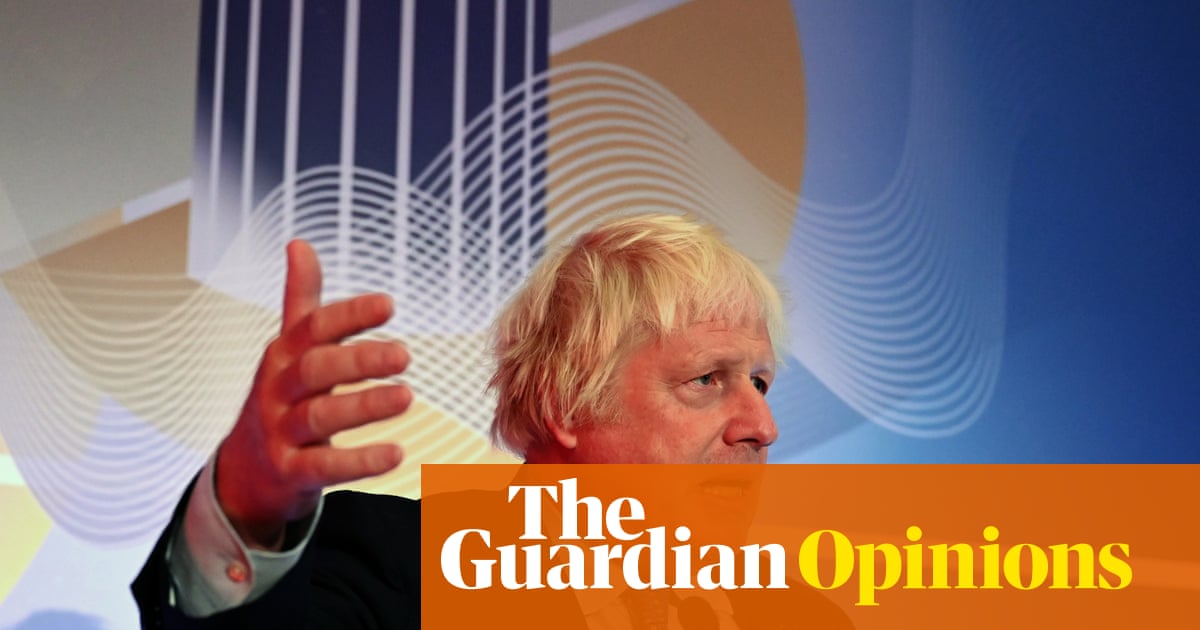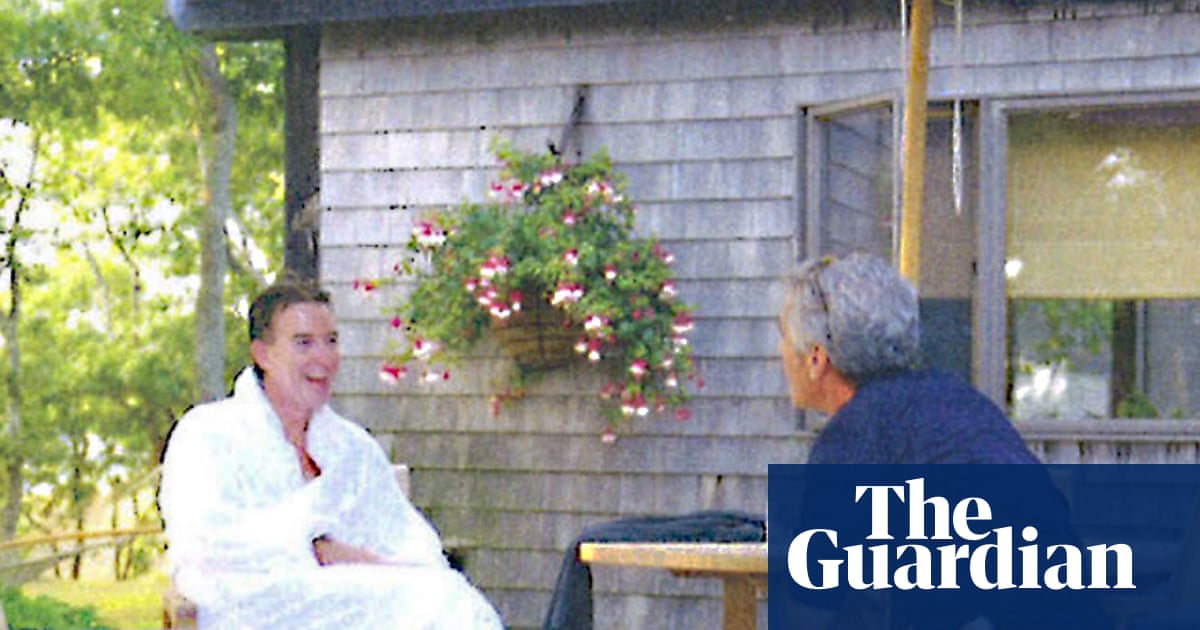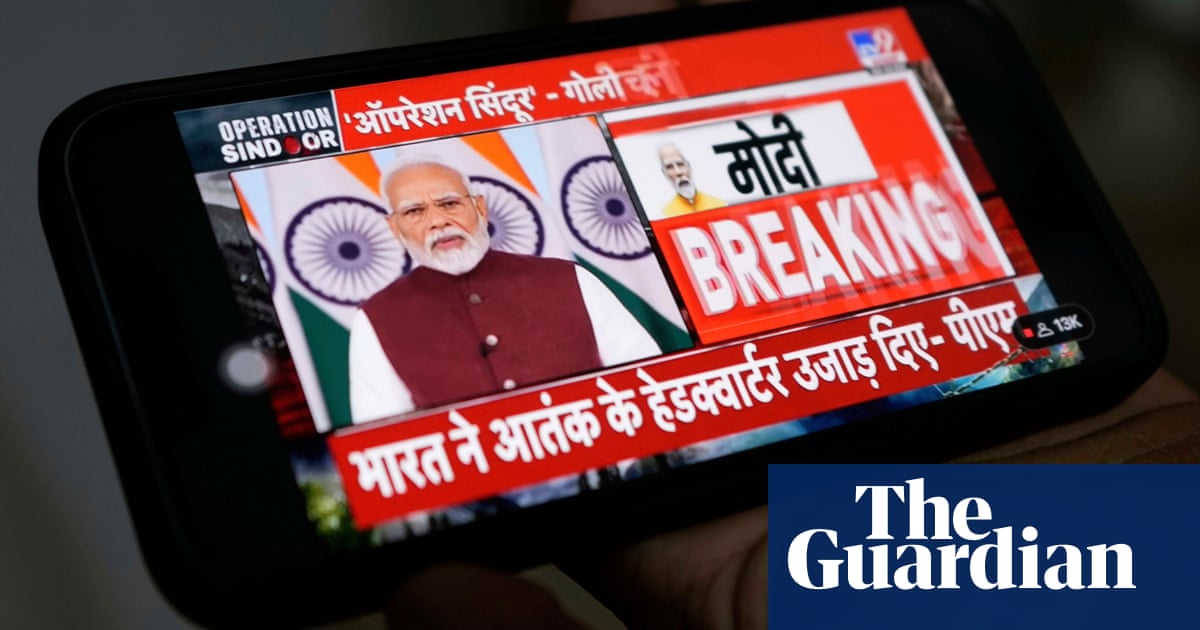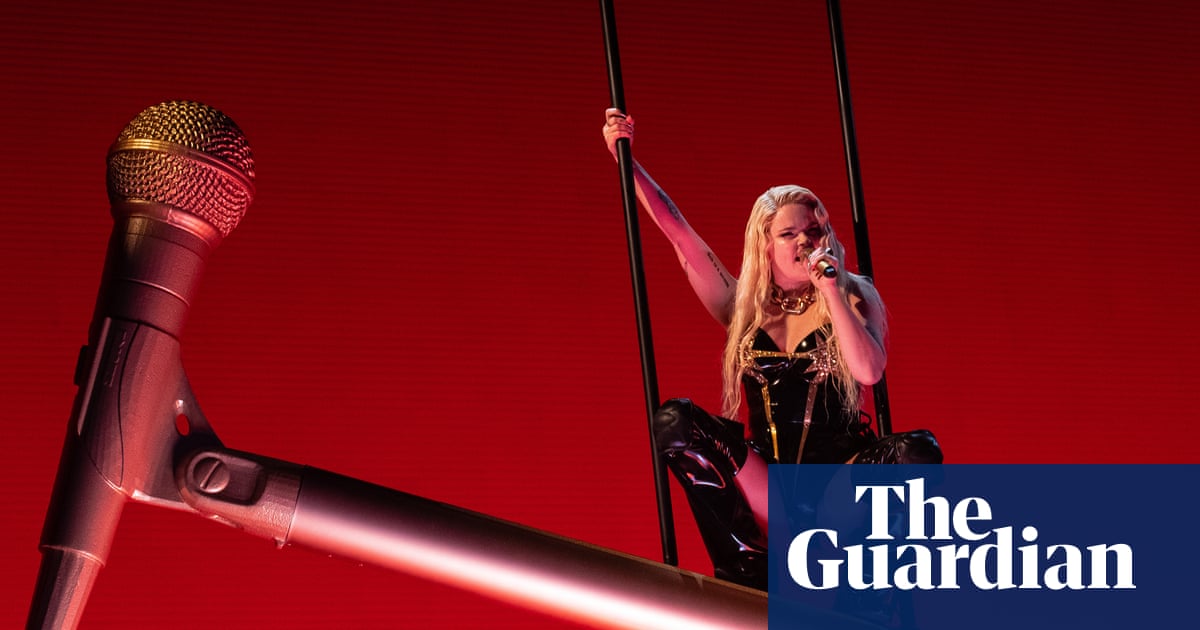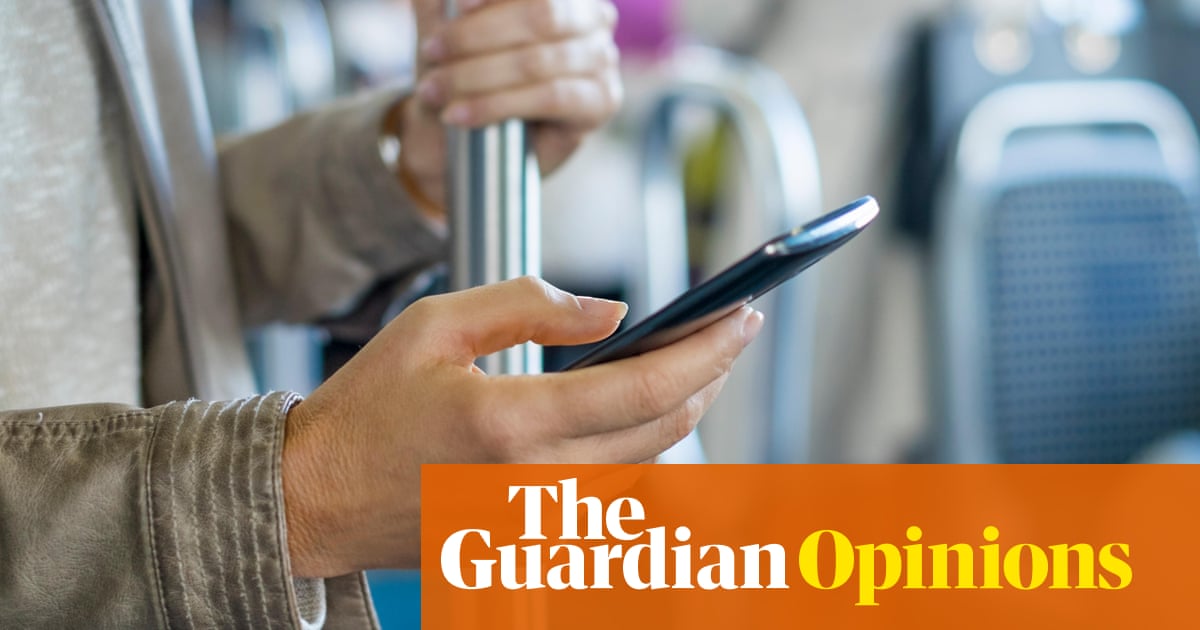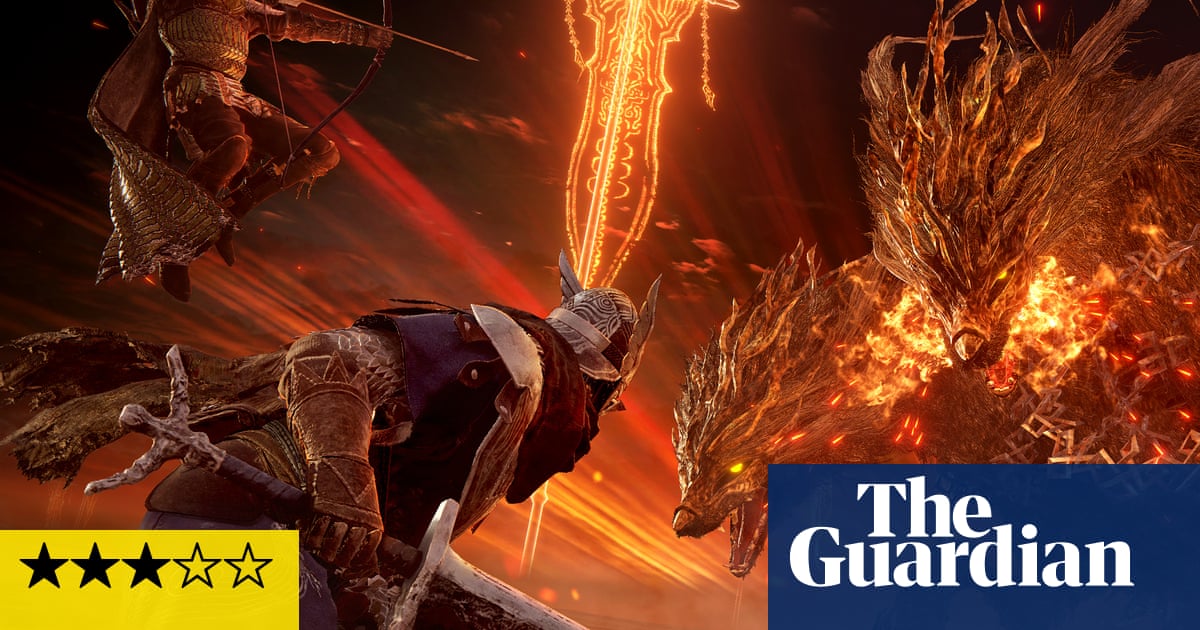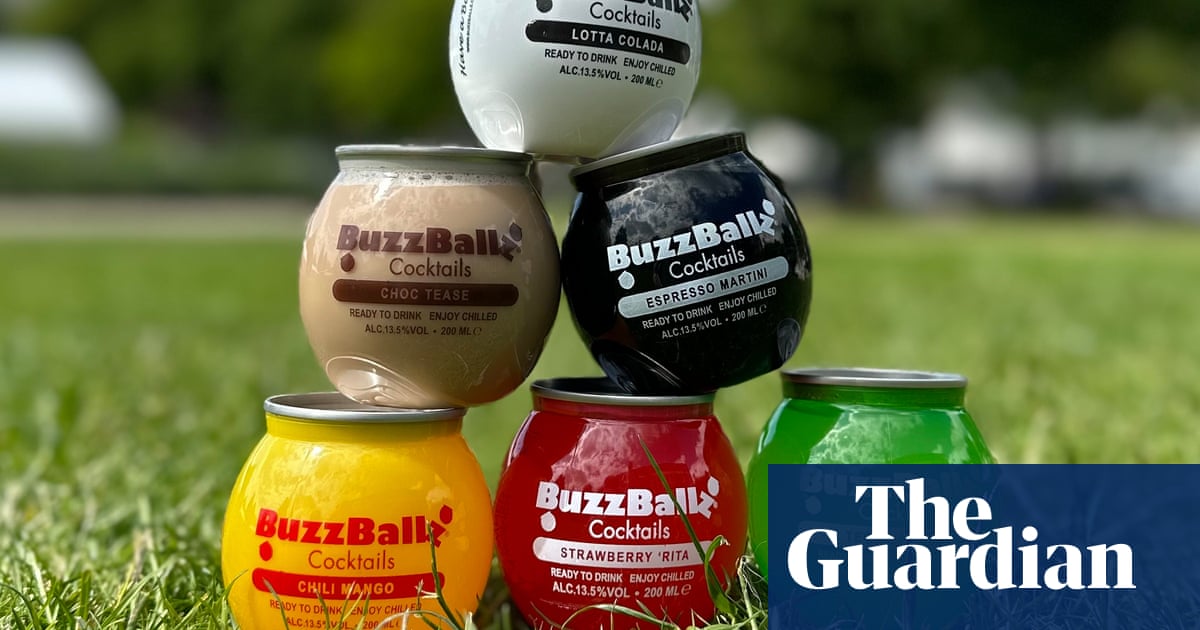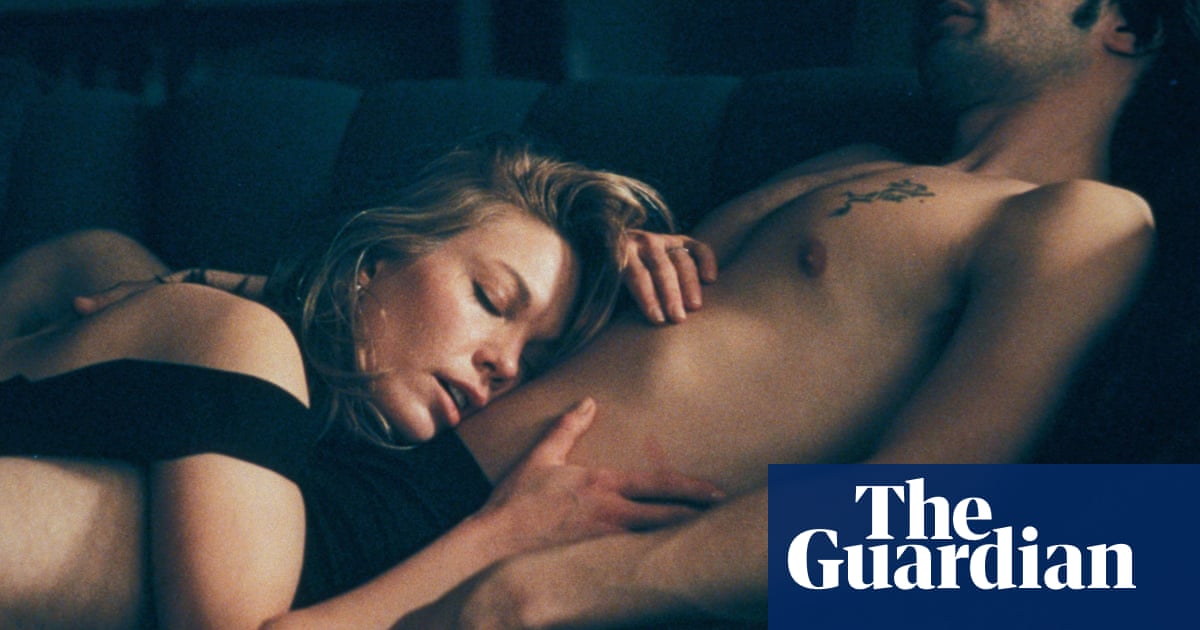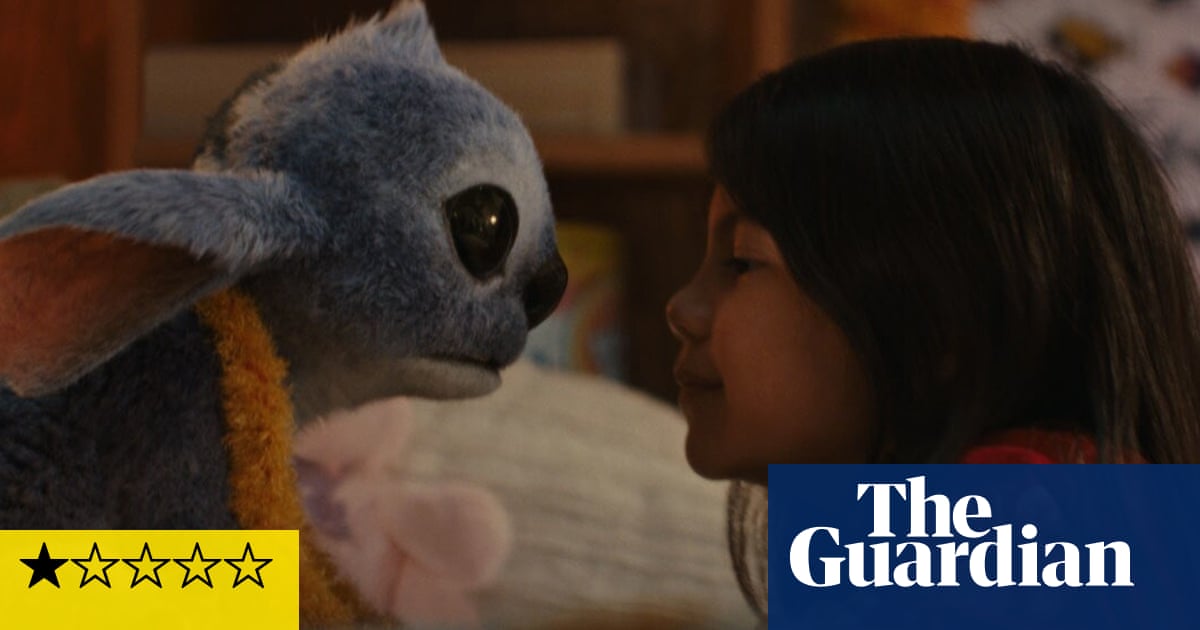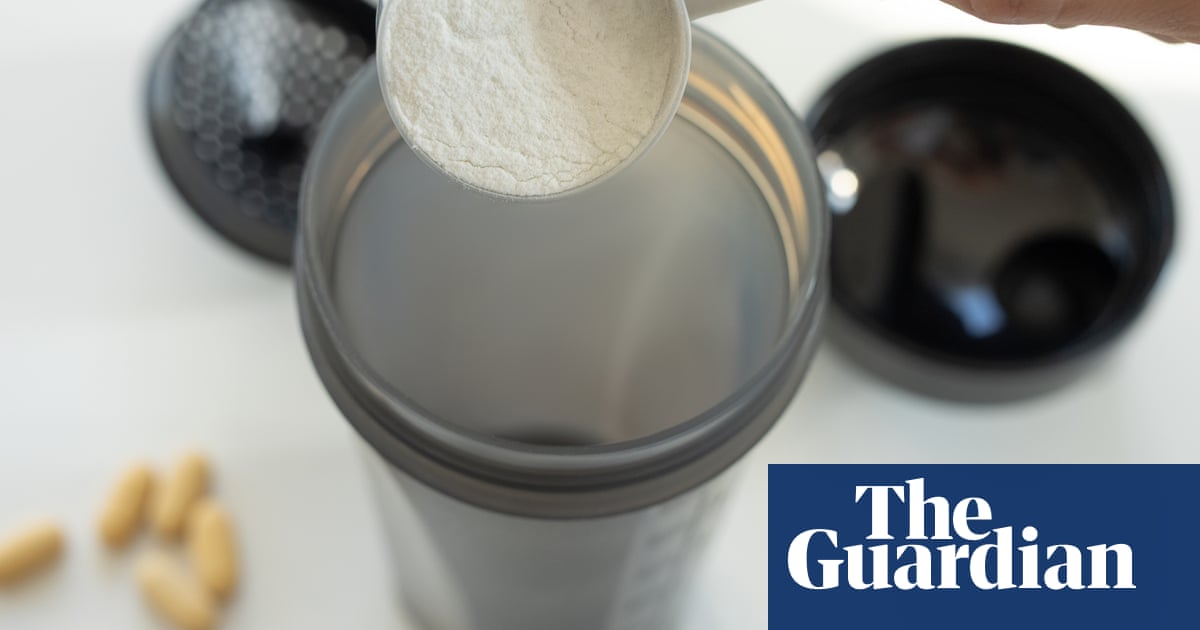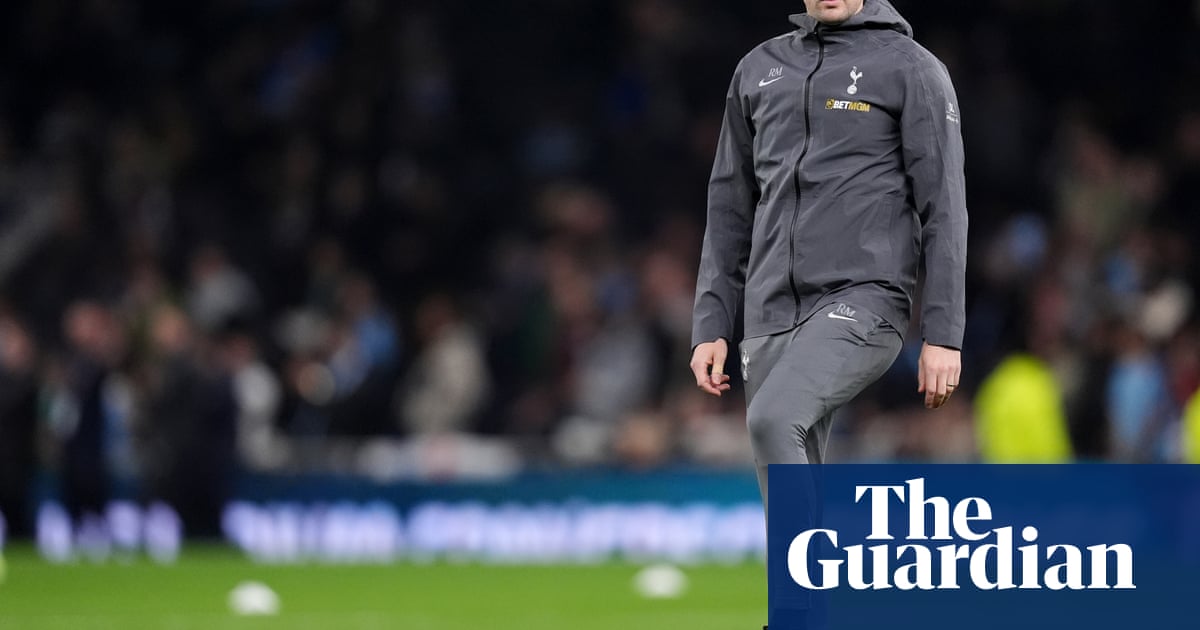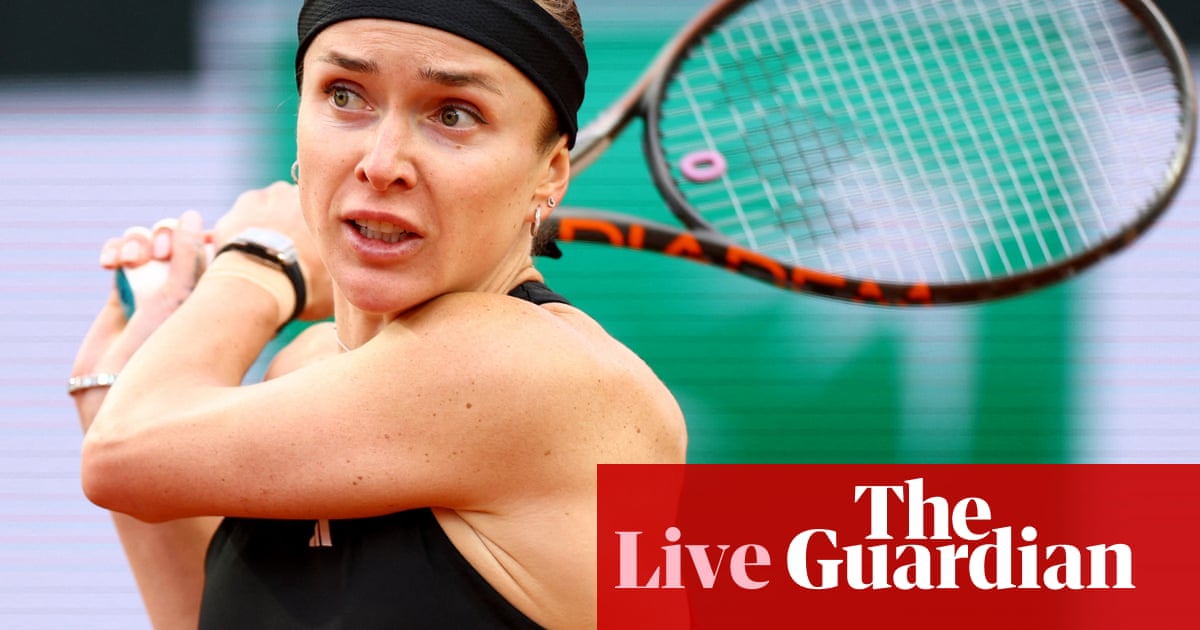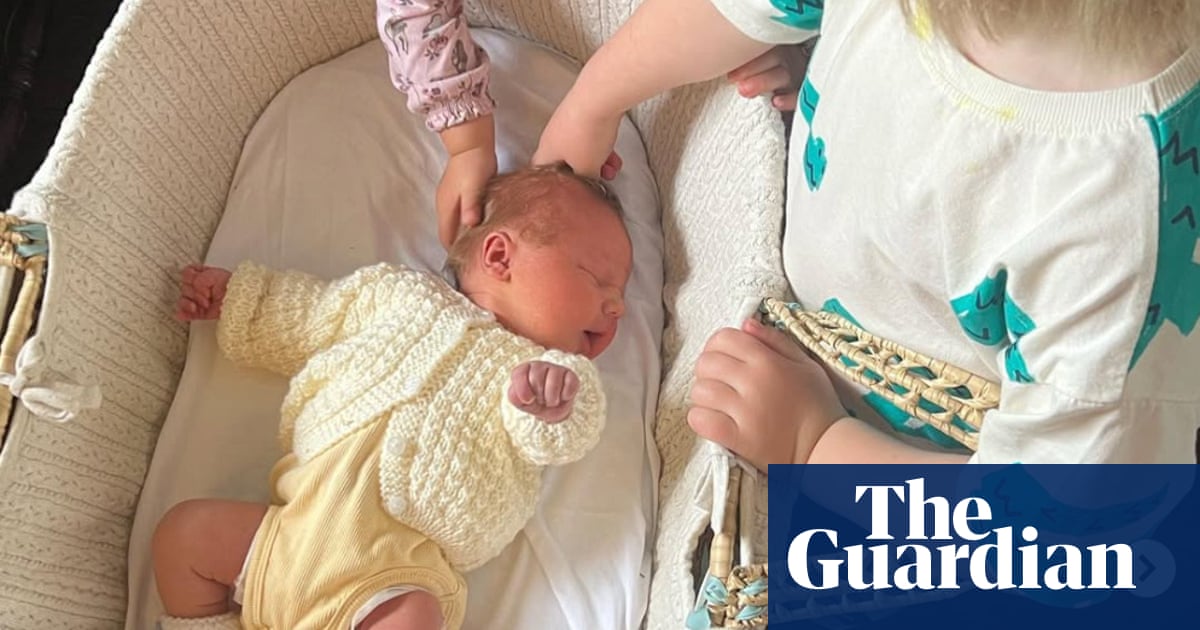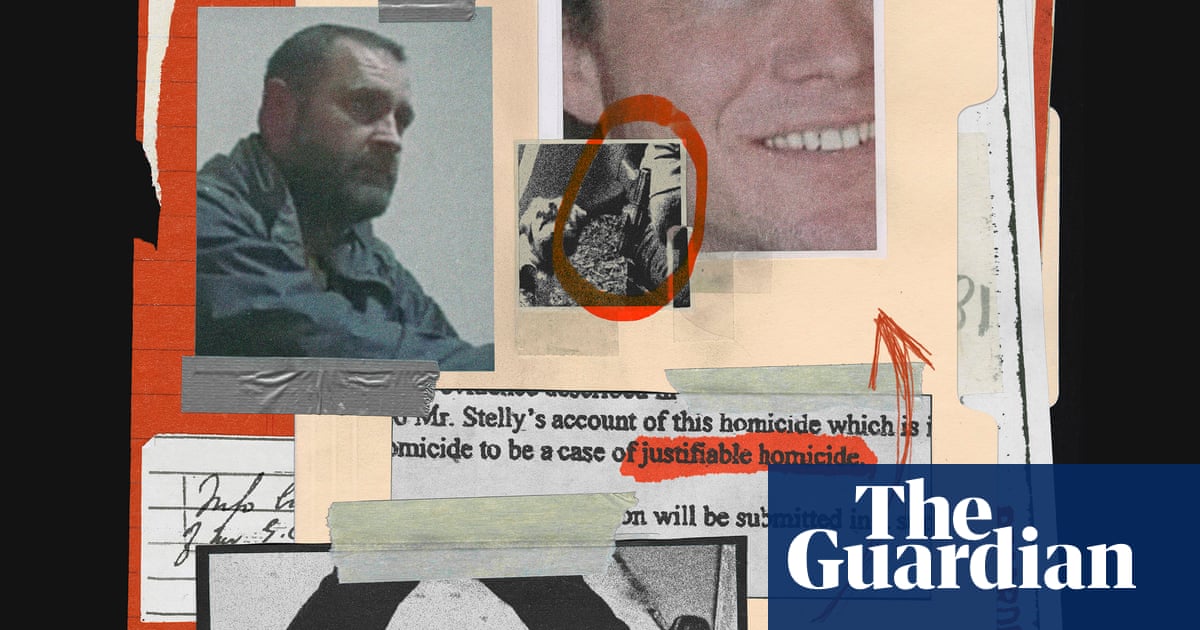A year ago, I discovered a bit of a travel hack – that if accompanied by an adult (obviously) children under the age of 12 can explore Europe by train for absolutely zilch. Profoundly susceptible to any sort of bargain, even those that promise a net deficit in the long run, I determined to take advantage of Interrail’s generous offer, despite lacking dependents of the specified vintage.
Sourcing someone under 12 was far easier than I’d imagined. When I lodged an enquiry about my 10-year-old niece, asking if Annabelle might be available for an Interrailing stint at Easter, my brother couldn’t sign her up fast enough. (Though he did insist on some caveats: in bed by 10pm, out of bed by 9am, and no watching sweary Gordon Ramsay shows).
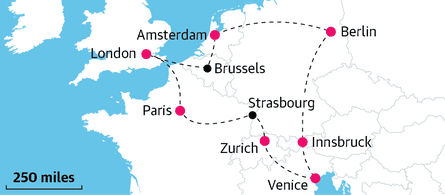
But where would we go? Well, after several discussions with my prospective companion over FaceTime (during which she utilised upwards of 100 filters, including one that made her look like Donald Trump), six locations were settled on: Paris, Zurich, Venice, Innsbruck, Berlin and Amsterdam. Annabelle cited Emily in Paris and The Diary of Anne Frank as inspirations, while confessing to a long-term interest in Toblerone. If the itinerary had been up to me, it would have looked a lot different. I’d just finished writing a book, you see, in which I travel to some of the least fashionable cities in Europe, but when I mentioned to Annabelle the likes of Essen and Minsk, she raised one of her eyebrows and held it there for 10 seconds (which is something she does when deeply unimpressed).
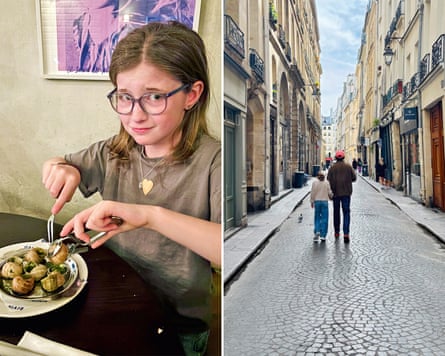
So, first up, Paris. After checking in at The Hoxton hotel on Rue du Sentier, we quickly got stuck into some snails. (I won’t quote Annabelle’s verdict verbatim, but she likened them to a larger version of something you might find up your nose). A picnic near the Eiffel Tower – during which Annabelle stewed over my explanation as to why there was no point in us joining the massive queue to be elevated skywards (“Are you sure British people aren’t allowed, Uncle Ben?”) – was followed by a rapid ascent up 500 steps to the base of Sacré-Coeur basilica, Annabelle’s alacrity owing to a white lie on my part (I’d said there was a doughnut shop at the top).
Our journey to Zurich involved changing at Strasbourg. A seat reservation was required for the first leg at a cost of €10 each. (It’s worth mentioning that Interrail pass-holders have to cough up for seat reservations on certain European train services, and all sleeper berths.) An honest breakdown of what we did during the four-hour run down the eastern flank of France to Switzerland reads as follows: 10 minutes considering the passing landscape, 80 minutes of screen time and roughly 19 games of hangman, in which I was able to smuggle a new pair of words into Annabelle’s evolving vocabulary, namely “exasperation” and “glee”.

We spent an hour exploring Zurich’s efforts to become the most eco-friendly city possible (including a hydroelectric power station that got the one-eyebrow treatment from Annabelle), and another sitting by the lake near the fetching old town watching the swans and coots squabble over pretzel scraps. Then I gave Annabelle’s palate the night off chocolate and took her to a plant‑based restaurant called Dar, run by the renowned Spanish-Moroccan chef Zineb “Zizi” Hattab. We loved everything about the place, but the highlights were the Kentucky-fried mushrooms and the vegan ceviche.
In Venice, I changed my approach to travelling with a miniature human. I stopped trying to have conversations every 10 paces about bridges and sea levels and the role of Garibaldi in the reunification of Italy, and instead handed Annabelle the reins, telling her to lead the way and get us lost. She succeeded with aplomb, getting us lost in just about every gift shop we saw (her appetite for tat is astonishing).
We stayed at the Avani Rio Novo, a stylish establishment near the train station. This meant it scored points with Annabelle, whose legs suffer from a disabling condition known as selective fatigue, which tends to flare up on the way to museums and so on. After a dinner of sardines and gelato (don’t ask), she spent the evening trying to teach me ballet moves, whereas I spent the evening thinking the sooner she starts drinking alcohol the better.
The next morning, before we departed for pastures new, I asked Annabelle for an alternative verb to “move on” or “proceed” and she suggested “wobble”, and so it was that we bade Venice farewell and wobbled north to Innsbruck, a charming city of about 130,000-odd citizens surrounded by mountains.
Having dumped our bags at Adlers Hotel and wolfed down a schnitzel at a restaurant called Stiftskeller, we took a 20-minute cable car ride up to the peak of Hafelekarspitze, a mountain topping 2,334 metres (7,657ft). We paid our dues to the vista – a pistachio river, a motley crop of rooftops, a ring of Austrian Alps – before commencing a protracted snowball fight that Annabelle would later put forward as the highlight of her trip, a comment that had me wondering if I should have just taken her to the Snozone in Milton Keynes.

We travelled the next day to Berlin, reaching the German capital in time to catch the sunset from the 368-metre tall TV Tower in Alexanderplatz. As I attempted to explain the significance of the Brandenburg Gate and Checkpoint Charlie, Annabelle appeared to be taking on board the gravitas of these historical monuments, an impression that was punctured somewhat when she asked, at the end of my summary, “Can you do this with your tongue?”
We proceeded by tram to the KPM Hotel, in a former porcelain factory in the west of the city, which Annabelle gave 10 out of 10, mainly because there was a beanbag in her room. The next morning, a guided bike tour along the Berlin Wall provided an energising lesson on ideological warfare, Helmut Schmidt, David Hasselhoff and the various ways an East German might get over an obstacle. The tour was elevated by the incorporation of curry wurst and cherry trees, and by the good nature of our guide, Phillip. When he asked if Annabelle liked the sound of life in the German Democratic Republic, she quickly and firmly said “sure”, which I later discovered is her go-to response when she hasn’t been listening.
The next day, we reached Amsterdam Centraal without fuss, the journey taking less than six hours and requiring neither reservation nor connection. From the station, we enjoyed a pleasant walk to our hotel, the NH Collection Amsterdam Flower Market, whose staff couldn’t do enough for Annabelle, even hastily organising an Easter egg hunt when it became apparent that I’d completely forgotten what the resurrection of Christ means to people of a certain age.
Over the next day and a bit, we wandered along the canals, tried some Dutch pancakes (poffertjes), and had a butcher’s at the Rembrandts in the Rijksmuseum. No prizes for guessing which of these experiences Annabelle enjoyed the most. In truth, Annabelle was actually rather rude about Rembrandt. Sizing up the great painter’s self-portrait of 1628, she suggested in no uncertain terms that he really shouldn’t have bothered.

Annabelle’s verdict on our visit to the Anne Frank House was somewhat more measured. After spending a sobering hour listening to Anne’s story as we navigated the building in which the Franks hid from the Nazis, she contributed the following to the visitors’ book: “I wish this museum didn’t exist to be honest, but I’m really glad we came.”
after newsletter promotion
As we tunnelled from Brussels to London, I could tell something had occurred to my niece because she was doing a little dance with her eyebrows.
“This time next year, I’ll be 11,” she said.
“You will.”
“Which is still under 12.”
“It is.”
“Which means I still won’t cost anything.”
“Not quite true, but I take your point.”
“So maybe we could do it again?”
“Maybe … ”
“Only this time we could go to Minsk and Essen and the other places you wanted to go to.”
“I’ll have a word with your dad.”
She shrugged, returned to a YouTube video involving Oreos, then said, very quietly and more to herself than to me: “If you must.”
Interrail passes were provided by Eurail, and start at £180 for four days’ travel in a month (free for kids under 12). Accommodation was provided by The Hoxton Paris (doubles from £250, free extra bed for under 12s); Avani Rio Novo Venice (doubles from £127); NH Collection Amsterdam Flower Market (doubles from £200). Support provided by Innsbruck Tourism, Visit Berlin and I Amsterdam
Ben Aitken’s new book is Sh*tty Breaks: A Celebration of Unsung Cities (Icon Books, £18.99). To support the Guardian, order your copy at guardianbookshop.com. Delivery charges may apply.

 3 months ago
42
3 months ago
42
